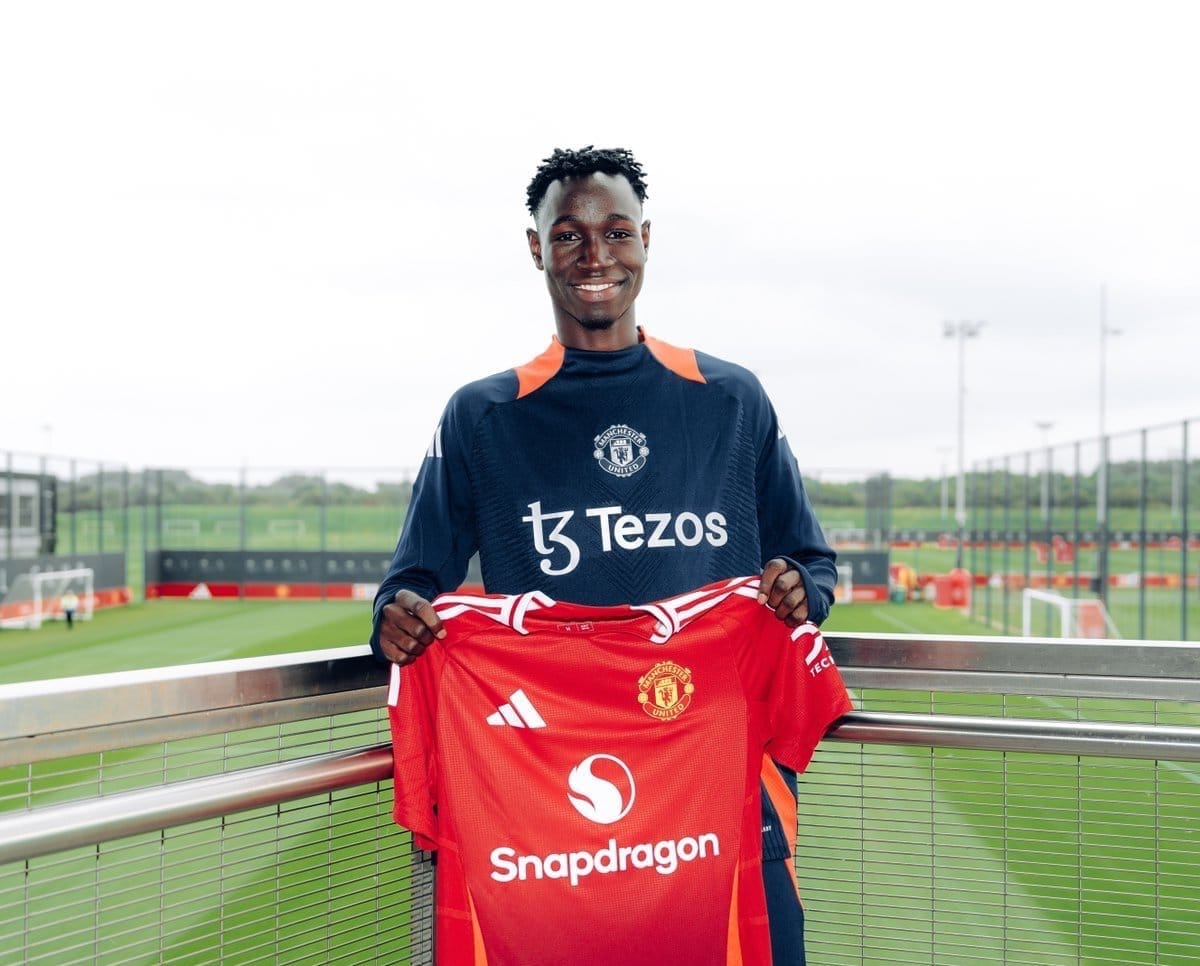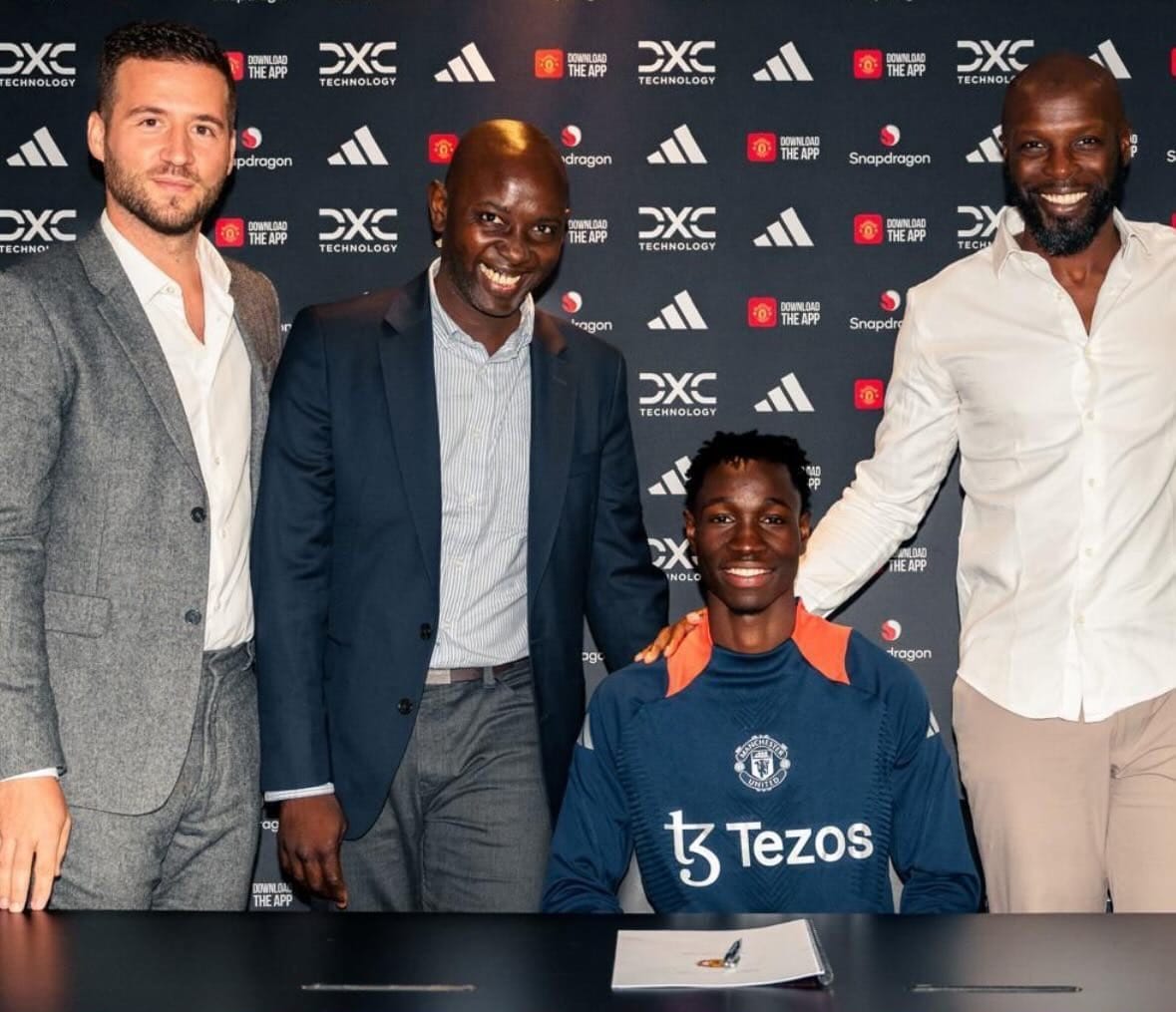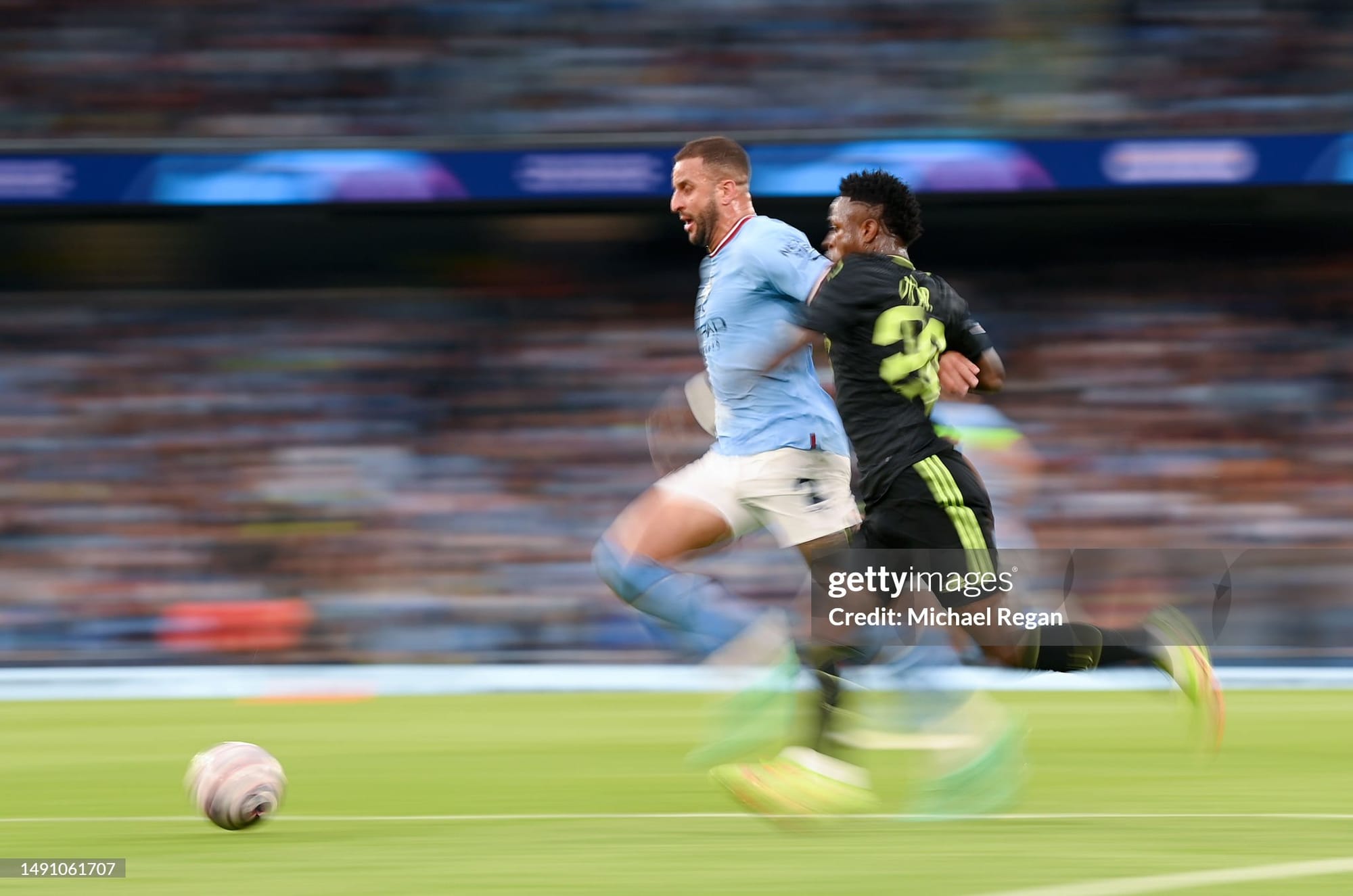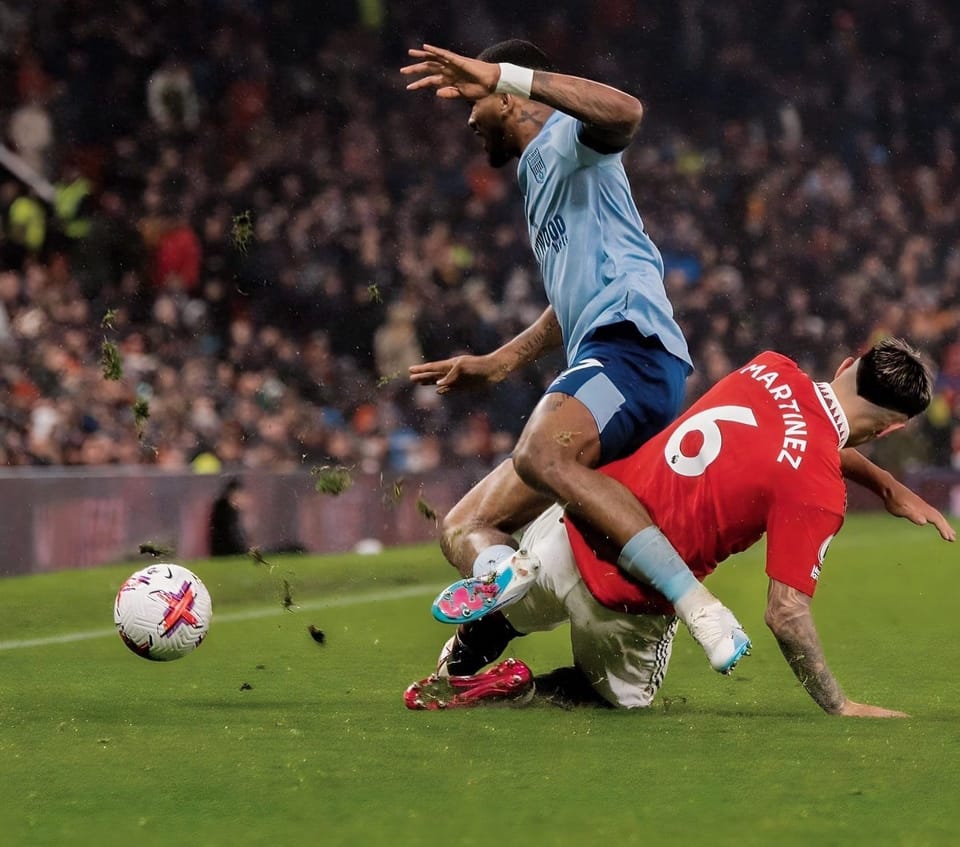Projections: Mali U-17's Sékou Koné
Mali U-17's Sekou Kone has joined Manchester United from Guidars FC. The writer discusses their 9-month old projection on the starlet who, at that time, took the U-17 World Cup by storm.

I say game scales within ~12+ months if he moves in Jan. : acclimatization + work with optimizing his touches.
— Joel A. A. (@joeladejola) November 26, 2023
— the bigger clubs are seemingly willing to pay premium for this profile: ground coverage + good in open-space isolations.
Joel on Sekou Kone
It easy to call a player good. Anyone can do that. In fact, depending on your definition of good one might argue that every professional player is good.
It is not easy to tell in which environment or when a player's goodness will manifest. This is where the coaches, scouts, and recruitment specialists earn their buck.
So, like any wannabe shrewd operator, I have spent most of my active football-time assessing my processes and publishing findings on BallerzBantz. For myself. For my audience. And, crucially, to make sense of the senselessness.
Fortunately, we have another opportunity today. Sékou Koné has joined Manchester United. 9 months ago, I saw a few tapes on him, made a snap-judgment, and shared it on my account. This essay will discuss how I arrived at the take, imply why time-locked projections are valuable, and expose faults in my process.
Background
In one essay from May, Avoiding the Description Trap when Scouting (or Analyzing), I write:
Similarly, when curating scouting reports, it is easy to get bogged down with descriptions (what is a player doing) and not prescription (what could a player do). The former, I find, misses the core actionable part of any informative report. Here are four questions that assist us:
- What are they capable of doing – not what we see them doing?
- Instead of merely cataloging a player's actions, effective scouting probes deeper: What are they capable of doing under different conditions?
- How well can they do it?
- How well a player executes their skills is as important as what they execute. Quality assessment involves analyzing the efficiency, effectiveness, and consistency of a player's actions.
- Can we benchmark it against any archived setting?
- By comparing a player's abilities and performances against archived examples — whether past players, previous seasons, or different environments — we gain perspective on their potential trajectory and contextual performance.
- Where is the ideal environment?

Examining my Snap-Take on Sékou Koné
- What are they capable of doing – not what we see them doing?
- Snap take from November '23: "Engine. Commands opp. & possession with his body (esp. on ball reception). Agile: claw-like interventions with his long legs. Level-headed in duels. His 1st-time release is crisp. Scuffs it with more (pre)touches."
- Engine: Sékou covered ground well – at the very least, better than the average midfielder in these tournaments.
- Commands opp. & possession with his body (esp. on ball reception): Sékou demonstrated strong intuition of space and pressure especially when receiving the bal: shimmies to evade pressure, side-steps to throw opponents off, and flops to win fouls from unsuspecting tacklers.
- Not only did he do these things often, he processed and executed them quickly.
- Agile: claw-like interventions with his long legs: Sékou is a leggy player. He's built for the floor sprawls and quick lateral shunts that define today's midfield pressers and protectors. He also displayed a knack for poking his leg into improbable spots to win the ball back. Went to ground and got up quickly.
- Level-headed in duels: Despite his processing speed and physique, Sékou tackles and duels retained a dose of composure. He regularly sprinted into tough challenges but remained focused on the ball and/or disrupting his opponent's flow.
- His 1st-time release is crisp. Scuffs it with more (pre)touches: Sékou was willing to attempt and completed many difficult first-time passes. That he attempted, alone, is a good sign – evidence of a sharp operator and a player who spots pockets to penetrate. However, with more touches on the ball, Sékou seemed to get lost in possibilities and took looser, steal-able touches.
- How well can they do it?
- Answered above and below
- Can we benchmark it against any archived setting?
- Sékou played at the U-17 African Cup of Nations. This competition is, at that age group, the pinnacle of competitive football on the continent. Mali finish 4th.
- Sékou played at the U-17 World Cup. This competition is, at that age group, the pinnacle of competitive football in the world. Mali finish 3rd.
- While Sékou and other young would have been scouted and followed beforehand, these tournaments allow scouts to juxtapose the player's profile against tougher, matched opposition. Furthermore, there's precedent that good performers go on to have relatively successful professional careers.
- In More Non-Trivial Scouting Cues, I write:
- At smaller clubs, where the competitive gap might be wider and the stakes lower, scouts might need to observe a broader range of performance over a longer period. This helps ensure that the player’s skills are competitive and transferable to higher levels. Here, a larger sample size and a broader range of performance metrics provide a more reliable basis for projecting a player's potential.
- Where is the ideal environment?
- Snap take from November '23: "I say game scales within ~12+ months if he moves in Jan. : acclimatization + work with optimizing his touches — the bigger clubs are seemingly willing to pay premium for this profile: ground coverage + good in open-space isolations."
- Everything you read before this subheading factored into my projection: Mali's team was great, World Cup and African Cup of Nations experience, Sékou could play the full 90, his teammates trusted him in difficult situations.
- Yet, the final, major indicator that Sékou was competitive for a big move was that his profile solved problems faced by the elite, UEFA Champions League-vying institutions.
- Whereas assurance in possession had been, for many years, a sufficient marker for these clubs, today's meta has increasingly rewarded teams with athletes who:
- can contest deep, wide recovery duels.
- can make several quarter-to-half pitch sprints across the 90.
- are quick off the jockey.
- Think Aston Villa's Amadou Onana. Arsenal's Declan Rice. Manchester City's Mattheus Nunes.
- Whereas assurance in possession had been, for many years, a sufficient marker for these clubs, today's meta has increasingly rewarded teams with athletes who:
- Snap take from November '23: "I say game scales within ~12+ months if he moves in Jan. : acclimatization + work with optimizing his touches — the bigger clubs are seemingly willing to pay premium for this profile: ground coverage + good in open-space isolations."

What Next?
If you enjoyed this, consider subscribing to BallerzBantz, following us on Twitter, and sharing this with someone.
Join us to stay ahead and contribute to the community.
Who is the Writer?
Joel A. Adejola is an undergraduate at the University of Kansas (KU), studying Engineering and Philosophy.




